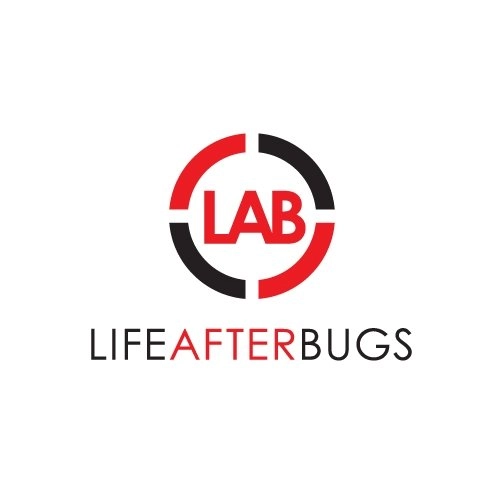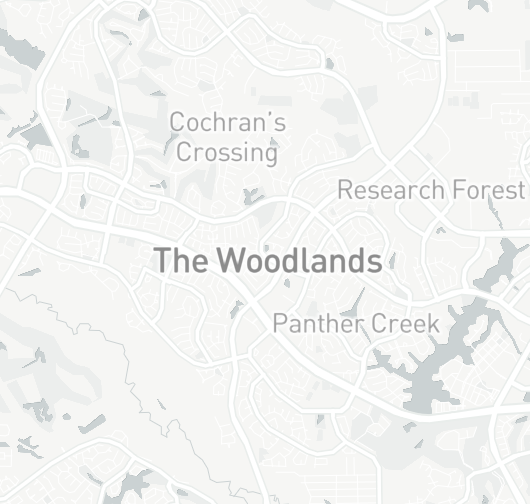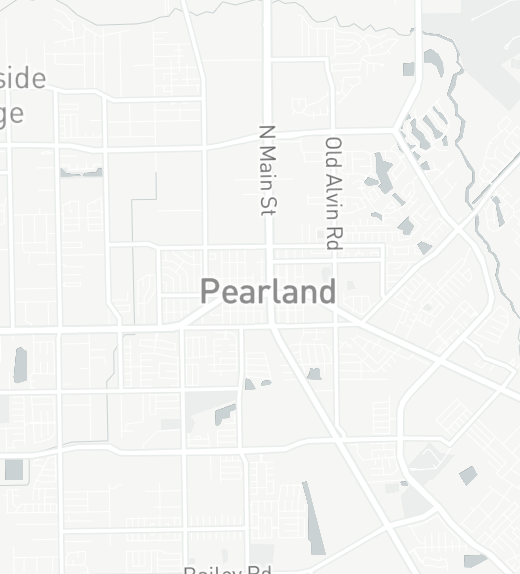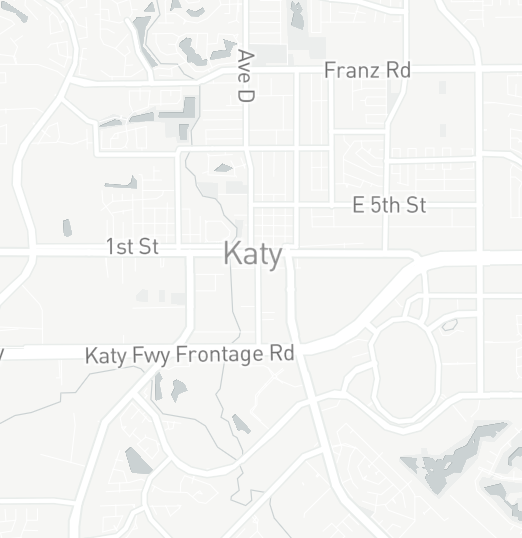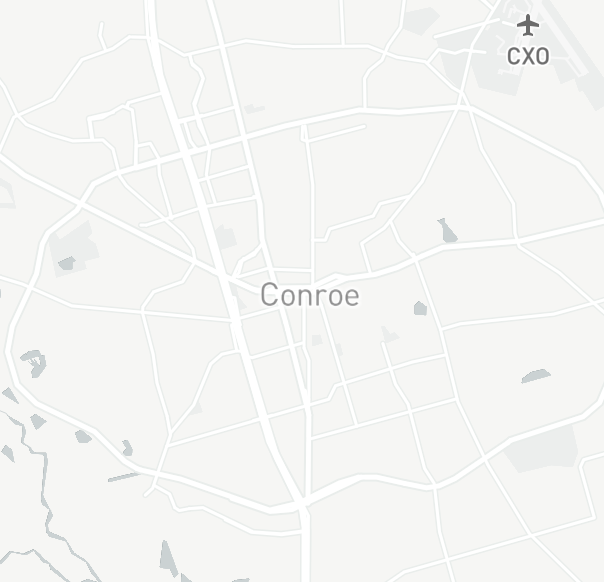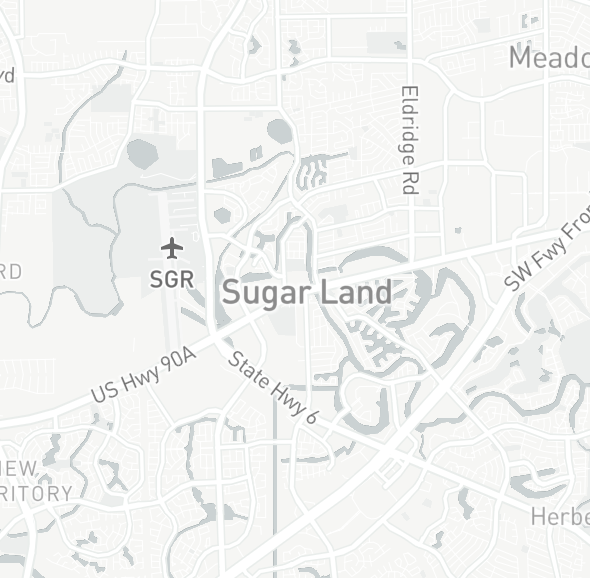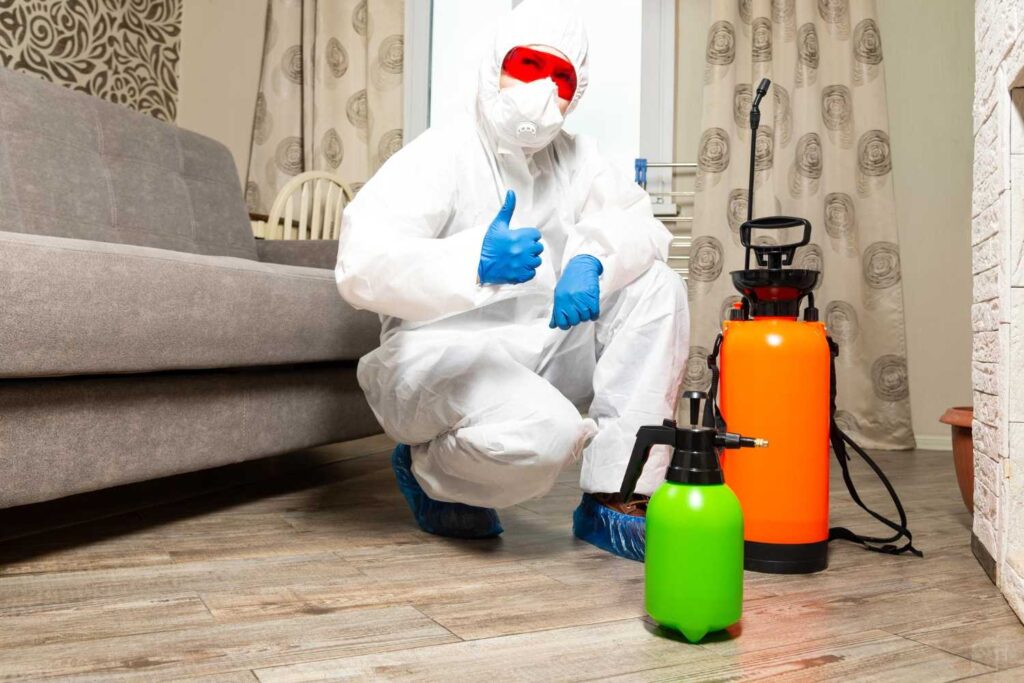Termites are the silent invaders that can wreak havoc on your home’s structure and value.
In Houston, where the climate is conducive to termite infestations, it’s crucial to be proactive in safeguarding your property. One of the most effective methods of termite treatment is fumigation, so in this article, we’ll explore what this process is all about.
Table of Contents
Understanding Fumigation from Life After Bugs
Fumigation is a termite treatment method that involves the use of specialized chemicals to eliminate termite colonies. Unlike localized treatments, fumigation reaches every nook and cranny of your home, ensuring complete eradication of these destructive pests.
This method is particularly effective against drywood and subterranean termites, which are some of the most common types of termites in Houston, Texas.
The Mechanics of Fumigation: How It Safeguards Your Home
Fumigation works by creating a toxic gas that penetrates the wood, soil, and other materials where termites may be hiding – the process involves the following steps:
a. Inspection
A trained pest control professional, like us at Life After Bugs, assesses the extent of the termite infestation and identifies target areas.
b. Tenting
Your home is covered with a large and airtight tent, sealing it off from the outside.
c. Gas Release
A gas, typically sulfuryl fluoride (Vikane), is released into the sealed space. This odorless and colorless gas infiltrates all infested areas, including the wood and soil, which in turn, effectively eliminates termites in your space.
d. Monitoring
The fumigated area is continuously monitored to ensure that the gas reaches lethal levels and that is safe for re-entry.
Preparing for Fumigation: A Step-by-Step Checklist
Before your home can undergo termite fumigation, it’s essential to prepare adequately – here’s a checklist to help you get ready in Houston, Texas:
a. Notify Your Neighbors
Always inform your neighbors about the fumigation process, as it may affect them if they share a wall with your home.
b. Remove Pets and Plants
Know that pets and plants should be relocated for their safety during the process.
c. Store Food Properly
Try to seal or remove all food items in your home to prevent contamination.
d. Double-Bag Medications
If you have medications, double-bag them to prevent exposure to the fumigant.
e. Turn Off Gas and Utilities
Lastly, shut off the gas supply, extinguish all pilot lights, and disconnect your utilities.
Fumigation Timeline: How Long Until It’s Complete
The duration of termite fumigation can vary depending on factors like the size of your home and the severity of the infestation. On average, fumigation typically takes around 24 to 48 hours.
During this time, you and your family will need to find temporary accommodation.
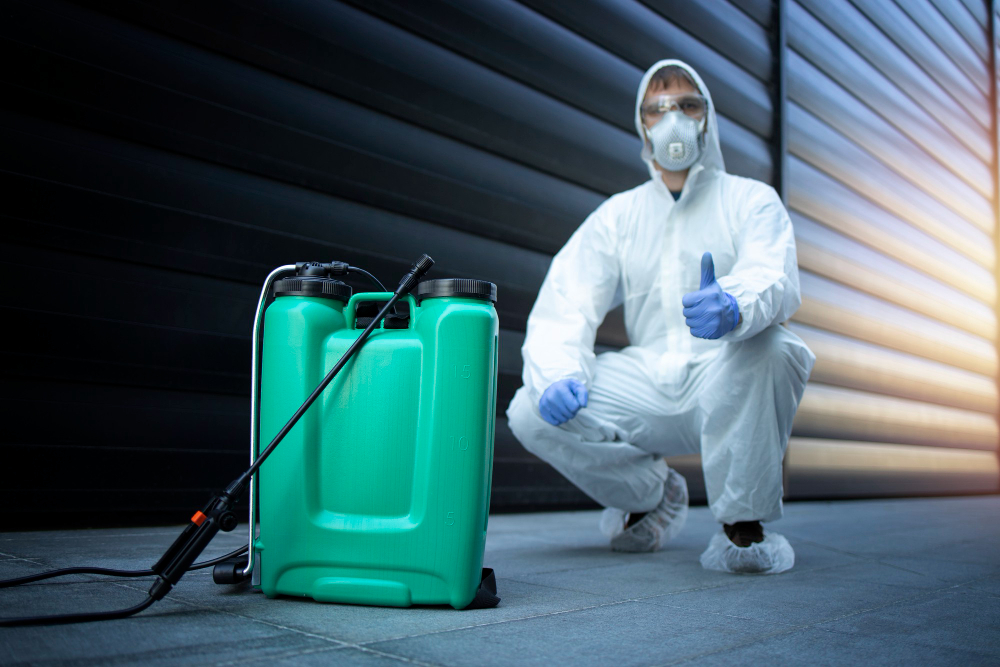
Post-Fumigation Protocol: What To Do When It’s Over
Once the fumigation process is complete, you’ll receive the all-clear signal from our team at Life After Bugs – here’s what you can do next:
a. Wait for Aeration
Don’t rush back into your home – instead, wait until it has been properly aerated and tested for gas levels.
b. Removing Tenting
Know that pest control experts, like us at Life After Bugs, will remove the tenting and check for any signs of termite activity.
c. Inspect for Damage
Lastly, you can assess your home for any potential damage caused by the termites.
This is when you’ll be able to check whether you need repairs.
Restoring Cleanliness: House Clean-Up After Treatment
Cleaning your home after fumigation is essential to ensure safety and hygiene – so here are some cleaning steps that you can follow:
a. Ventilate
Open all doors and windows to allow fresh air to circulate and remove any remaining fumigant odor in your space.
b. Clean Surfaces
You can wipe down countertops, appliances, and any surfaces where food may be prepared or consumed.
c. Wash Linen and Fabrics
You can now launder your beddings, curtains, and other fabrics to remove any residual fumigant in your space – this is vital.
d. Dispose of Food
Throw away any food items that were not properly sealed or stored during fumigation.
e. Vacuum Carpets and Floors
Lastly, vacuum your carpets and floors to remove any debris that may have accumulated during the process.
Your Termite Solution Partner in Houston, Texas
Ensuring that your home remains termite-free is an ongoing process.
Worry not though, for professional Termite Control and Treatment – and even Commercial Termite Treatment – Life After Bugs is surely the way to go. You can rest assured that our experienced team specializes in effective and long-lasting solutions tailored to your needs.
Don’t leave your home’s protection to chance – call us now to schedule an inspection and to take proactive steps toward a more termite-free future.
